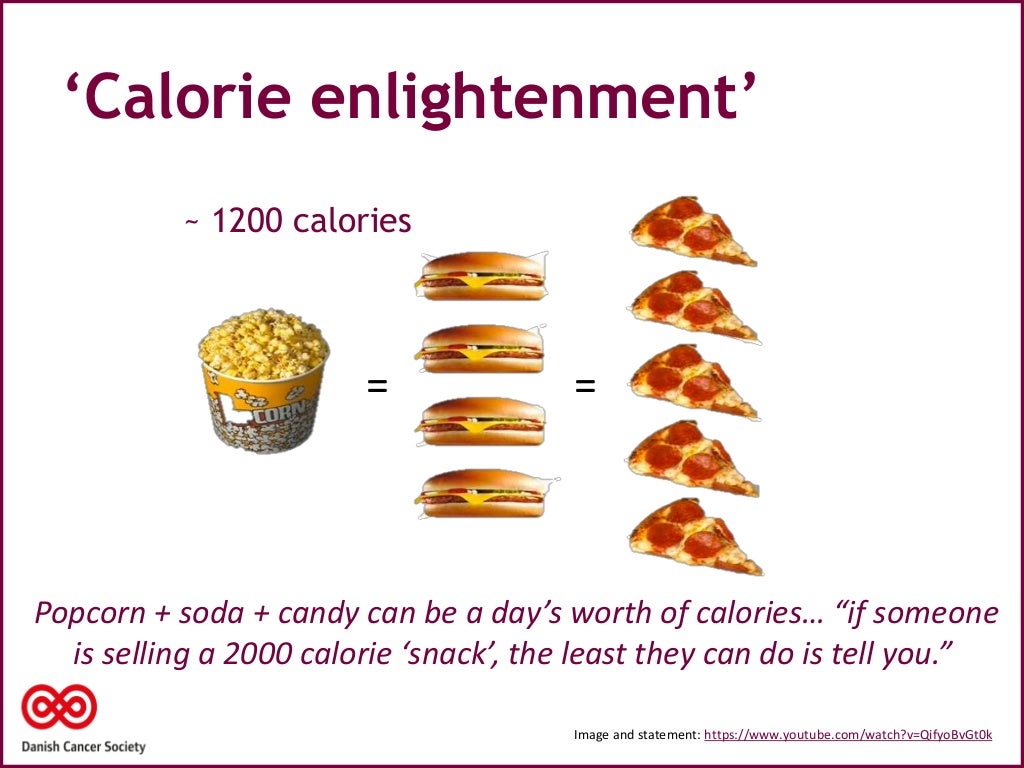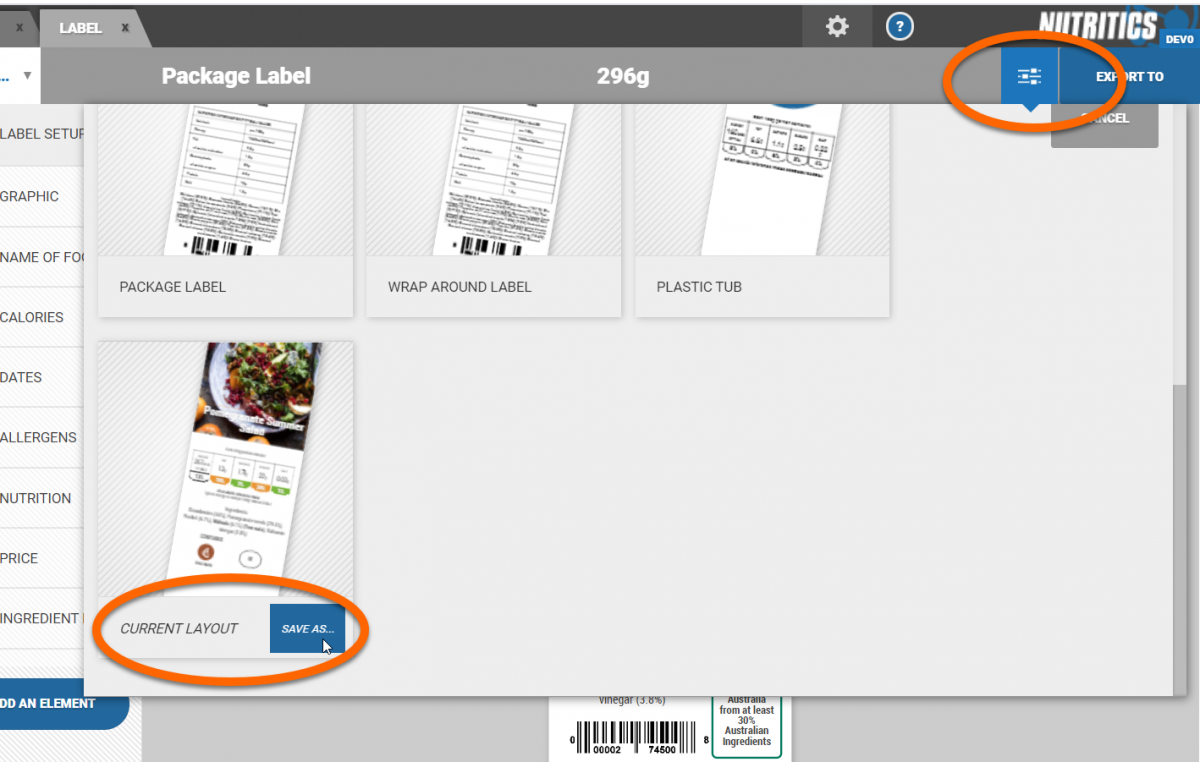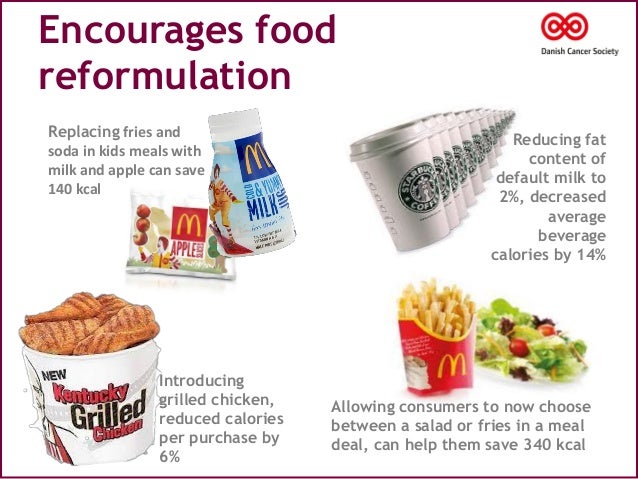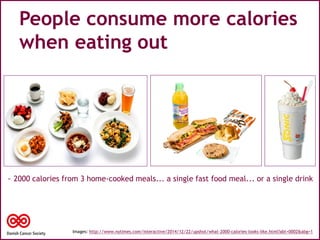42 analyze food labels for energy content
Nutrition labelling | Food Standards Agency When providing nutrition information, you are required to declare: energy value. amounts of fat, saturates, carbohydrate, sugars, protein and salt. The content of the mandatory nutrition declaration can be supplemented with an indication of the amounts of one or more of the following: monounsaturates. polyunsaturates. Investigating the Energy Content of Foods - Vernier You can determine energy content of food by burning a portion of it and capturing the heat released to a known amount of water. This technique is called calorimetry. The energy content of the food is the amount of heat produced by the combustion of 1 gram of the food, and is measured in kilojoules per gram (kJ/g). Objectives
Energy Content of Food Lab Report Answers - SchoolWorkHelper Put the thermometer in the water and find its temperature. Takedown all the readings. Repeat steps 1 to 12 for 3 times for each different type of chip. Find the average initial temperature, final temperature, and mass of the food sample. Use the formula, Energy = Volume of water x (initial-final temperature) x 4.2/ mass of food sample.
Analyze food labels for energy content
The Basics of the Nutrition Facts Label Step 4: Check Out the Nutrition Terms. Low calorie: 40 calories or less per serving. Low cholesterol: 20 milligrams or less and 2 grams or less of saturated fat per serving. Reduced: At least 25% less of the specified nutrient or calories than the usual product. Good source of: Provides at least 10 to 19% of the Daily Value of a particular ... Nutrition Analysis Techniques to Determine the Nutritional Content of Food Nutritional analysis is the process of determining the nutritional content of food. It is a vital part of analytical chemistry that provides information about the chemical composition, processing, quality control and contamination of food. It ensures compliance with trade and food laws. How to Understand and Use the Nutrition Facts Label | FDA Dietary fiber, vitamin D, calcium, iron ad potassium are nutrients on the label that Americans generally do not get the recommended amount of. They are identified as nutrients to get more of....
Analyze food labels for energy content. PDF Calorimetry: Measuring the Energy in Foods - Carolina.com 5. Calculate the energy content of the food in kilocalories/gram. 1.65 kcal/1.5 g = 1.1 kcal/g 6. Using information on the nutrition label of the food sample, calculate the food manufacturer's kilocalories/gram. (Divide calories per serving by the number of grams in a serving.) 90 Cal/ 38 g = 2.37 kilocal/gram 7. Food Labeling & Nutrition | FDA Food labeling is required for most prepared foods, such as breads, cereals, canned and frozen foods, snacks, desserts, drinks, etc. Nutrition labeling for raw produce (fruits and vegetables) and... Analyze_Data_Explore_Per 2.docx - NAME DATE CLASS ANALYZING... The label provides useful information for identifying the energy content of food, the source of that energy, and other nutritional information. The figure shows two sample food labels. Notice that the largest font on the labels is used to show Calories, with a capital C. Chapter 3: Calculation of The Energy Content of Foods - Energy ... determining the energy content of foods depends on the following: 1) the components of food that provide energy (protein, fat, carbohydrate, alcohol, polyols, organic acids and novel compounds) should be determined by appropriate analytical methods; 2) the quantity of each individual component must be converted to food energy using a generally …
How to understand food labels - Eat For Health The Nutrition Information Panel on a food label offers the simplest and easiest way to choose foods with less saturated fat, salt (sodium), added sugars and kilojoules, and more fibre. It can also be used to decide how large one serve of a food group choice or discretionary food would be and whether it's worth the kilojoules. Understanding Food Nutrition Labels - American Heart Association 1 - Start with the serving information at the top. This will tell you the size of a single serving and the total number of servings per container (package). 2 - Next, check total calories per serving and container. Pay attention to the calories per serving and how many calories you're really consuming if you eat the whole package. Understanding food labels: portions, energy - Health24 When next you look at a food label that says 'low in energy', first check the label to see how much energy it really contains. That energy bar we were discussing earlier may contain as much as 500kJ per 50g portion (which means it contains 1000kJ per 100g). Therefore, it is anything but 'low in energy'. Energy content of slimming products The Importance of Reading the Food Label and Nutritional Facts The label changes now require that vitamin D, potassium, iron and calcium content be included here, along with the percent daily values for each. You should aim for high levels of these nutrients. Vitamins A and C are no longer required, but they are still important to our diets. 6. Ingredient List Finally, there's the ingredient list.
Labelling-Determination of the energy content of food Currently used polyols include sorbitol and erythritol. Carbohydrates give average gross energy values of 4.2 kcal or 17.6 kJ per gram, fat gives 9.4 kcal, or 39.4 kJ per gram and protein gives 5.65 kcal or 23.7 kJ per gram. The conversion factors for joules and calories are: 1 kJ = 0.239 kcal; and 1 kcal = 4.184 kJ. Menu labels displaying the kilocalorie content or the exercise ... Purpose: Determine the effect of menu labels displaying the energy content of food items or the exercise equivalent on energy ordered and consumed at lunch and energy intake for the remainder of the day in young adults. Design: Subjects were randomized to a menu with no labels (no-labels), menu with kilocalorie labels displaying the energy content of the food items (kcal-labels), or menu with ... How to Calculate Energy From Foods - LIVESTRONG.COM Step 1 Multiply grams of carbohydrate in the food by 4 calories per gram. A calorie is a unit of how much energy is in a given amount of food, also called a kcal. Regardless of whether the carbohydrate in food is sugar or starch, all carbohydrates provide the body with 4 calories/gram, explains Dr. Lauralee Sherwood in her book "Human Physiology." How to Determine the Nutritional Value of Food - FoodCrumbles The energy content of a food is given in kcal (often referred to as Calories) and/or kJ (kilojoule). Converting from kcal to kJ is a simple set calculation 1 kcal = 4,18 kJ Set conversion values Research has shown how much energy our body can make from these macronutrients. We know that: 1 gram of fats provides 9 kcal of energy
The Science Behind Calories and Nutrition Facts Labels The calorie number we see on food labels refers to a kilocalorie (kcal), which is also known as a large calorie or a food calorie. A kilocalorie is 1 000 calories. One kilocalorie is the amount of energy it takes to heat one kilogram of water one degree Celsius at sea level.
How to Understand and Use the Nutrition Facts Label | FDA Dietary fiber, vitamin D, calcium, iron ad potassium are nutrients on the label that Americans generally do not get the recommended amount of. They are identified as nutrients to get more of....
Nutrition Analysis Techniques to Determine the Nutritional Content of Food Nutritional analysis is the process of determining the nutritional content of food. It is a vital part of analytical chemistry that provides information about the chemical composition, processing, quality control and contamination of food. It ensures compliance with trade and food laws.
The Basics of the Nutrition Facts Label Step 4: Check Out the Nutrition Terms. Low calorie: 40 calories or less per serving. Low cholesterol: 20 milligrams or less and 2 grams or less of saturated fat per serving. Reduced: At least 25% less of the specified nutrient or calories than the usual product. Good source of: Provides at least 10 to 19% of the Daily Value of a particular ...















Post a Comment for "42 analyze food labels for energy content"